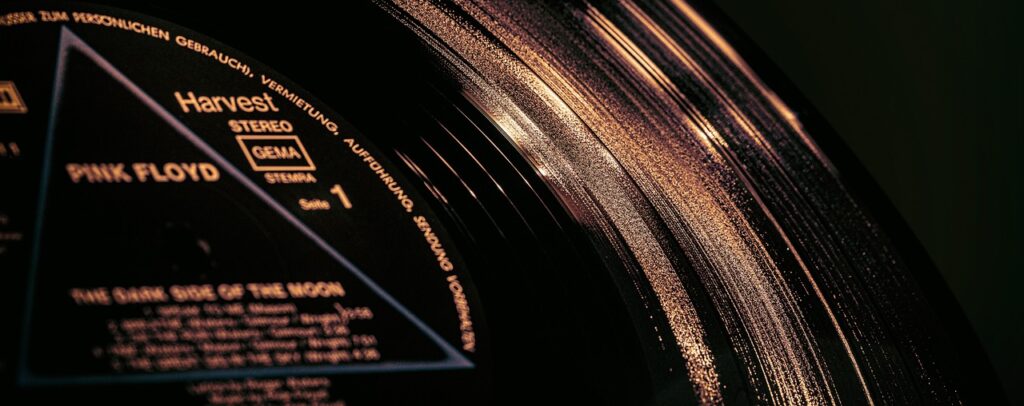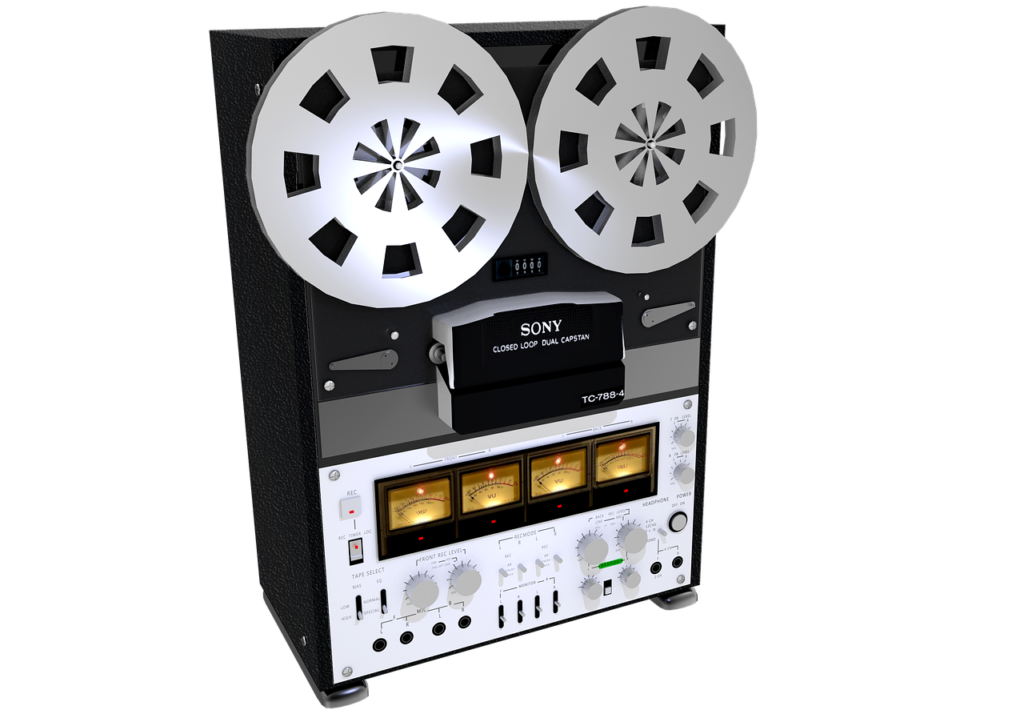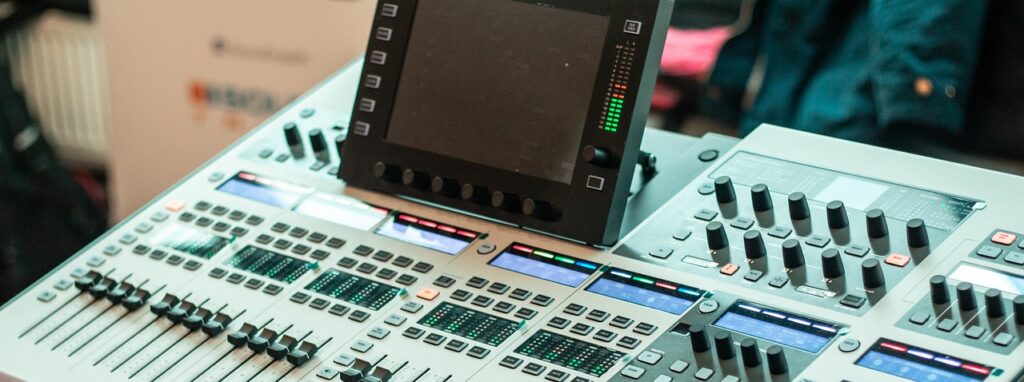Engineers have debated whether analog tape recording is superior to digital recording or vice versa. In this article, we will compare analog and digital audio recording, the two ways to record and store sound. Before we dive into the discussion, let’s examine what defines the sound of digital and analog recordings. It all relates to how the sound is recorded.
Analog vs. Digital Audio Recording – Get to Know Them
Audio recordings exist in two types: analog and digital. Analog audio captures sound by replicating the original sound waves. An analog audio signal serves as an electronic copy of the original audio signal found in nature. Any analog copy of an original sound experiences some degree of signal degradation, known as generation loss, leading to diminished signal strength. However, in the digital domain, noise and signal degradation can be eliminated (Watkinson, 1988).
A Bit of History on Analog Recording
Germany invented the analog tape (reel-to-reel) recorder in the late 1920s. Every professional recording made before the digital revolution in the 1980s utilized a form of reel-to-reel tape recorder. In the 1980s, innovators introduced digital recording methods, gradually displacing analog tape recording, although it hasn’t disappeared completely. Even today, many professional studios, especially those catering to big-budget clients, still use analog recorders for multitracking and/or mixdown.

A Deeper Look Into Analog Tape
The most specific effect that analog tape adds to the sound is called «warmth.» When we talk about analog warmth, we usually refer to the character that analog processing/recording equipment and the recording medium add to the sound. Other factors can include harmonic distortion, and bass can thicken up, creating a fuller-sounding mix.
Therefore, when you record onto an analog multitrack tape recorder, you achieve a different result than when you record in a digital audio workstation (DAW). You can process with analog tape in two ways.
Recording Process Of the Instruments
In addition to the inherent characteristics of analog and digital recordings, your choice of recording process can significantly influence the final sound. For instance, capturing instruments in a live setting, with all musicians playing together, creates a sense of cohesion and energy that is often difficult to replicate in a digital environment where you layer tracks individually. This organic approach imbues the recording with a unique character, allowing the nuances of each performance to shine through. Ultimately, your chosen recording method not only reflects the artist’s intention but also shapes the listener’s experience, making it a critical consideration in the audio production process.
Post-Production Mastering Phase – Stereo Mix
In the end, your choice between analog and digital audio recording is not just about sound quality; it’s also about the creative process and what resonates with the artist. Each method brings its own set of tools and philosophies that can shape a project’s aesthetic and emotional impact. Whether you lean towards the tactile, hands-on feel of analog or the precision and flexibility of digital, understanding both formats empowers you to make informed decisions that best serve your artistic vision. As technology continues to evolve, blending these two worlds may offer the most compelling results, allowing artists to harness the best of both realms.

This is an example of a four-channel analog tape recording machine (Sony TC-788-4).
What Sounds Better: Analog Tape vs. Digital Audio Recording?
There are no right or wrong answers. You need to decide for yourself whether you prefer the pristine sound of digital recording or the «warm» tones of analog tape.
For example, you might achieve better results when you record drums and bass onto analog tape. On the other hand, you may prefer the clarity of the sound of an electric guitar when it’s recorded in the DAW.
Advantages of Digital vs. Analog Audio
- Space – Working in a digital platform (DAW) requires less space in the studio.
2. Maintenance – It is harder to maintain analog gear in the studio.
3.Reliability – Editing your work in the DAW is often easier with a digital recording system.
4. Speed – Quicker workflow allows for faster export, sending, and receiving in the digital space.
Among the major advantages is the phenomenal speed of operation, particularly the ability to jump instantly back to the start of a take or session or around looped sections of the project.

Advantages of Analog vs. Digital Audio
- That warm sound that cannot be created with digital recording.
2. Digital headroom – exceeding the headroom of a digital recording device can ruin the sound.
3. Tape colors the recording sound you’re capturing, which often sounds much better than a digital recording.
Analog Tape VST (Tape Flavour)
There are numerous plugins available in the digital VST market designed to replicate the unique characteristics of analog tape recordings, allowing modern producers to achieve that coveted analog warmth without the need for physical tape. One popular choice among these is the Kramer Tape MPX Tape Recorder, which provides a range of customizable settings to enhance your tracks.
- The Tape Noise feature allows users to introduce a subtle hissing sound, reminiscent of classic analog recordings, adding depth and authenticity.
- The Tape Speed option enables users to adjust the playback speed; faster settings yield cleaner sound quality while improving the signal-to-noise ratio, ultimately resulting in a richer, more dynamic audio experience.
Conclusion
Digital recording is cheaper to work with and offers more options for the finished product. Recording an album with analog equipment can require access to a studio, but with digital recording, it is possible to record an album in a bedroom. Even today, there are artists across all genres who prefer the analog tape’s «musical,» «natural,» and especially «warm» sound. Which one do you prefer?
Deja un comentario
Inicia sesión para comentar


